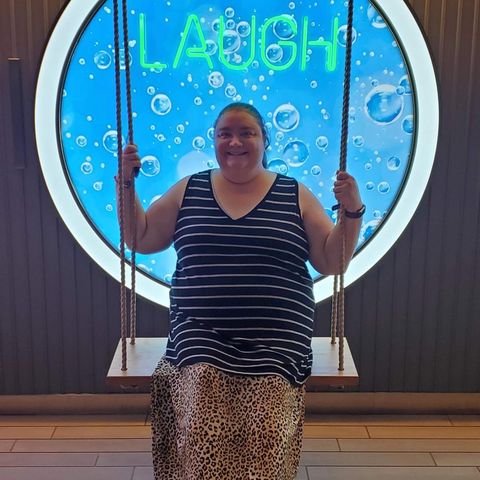In the world of martial arts, especially in the realm of Gracie Jiu Jitsu, there is often a debate between the emphasis on techniques versus the underlying principles. At Gracie Jiu Jitsu Athens, we believe that understanding the principles is the true essence of BJJ. Let’s delve into this philosophy and discover how it shapes […]
Gracie Jiu Jitsu Athens GA
Linking self-defense to self-development
Gracie Jiu Jitsu Athens GA
Linking self-defense to self-development
Secure your spot & get started today with our EXCLUSIVE online offer!
Gracie Jiu Jitsu Athens
Are you on the hunt for a martial arts school that feels like home? Look no further than Gracie Jiu Jitsu Athens at American Black Belt Academy. We understand the challenge of choosing the right school, and that’s why we’re dedicated to making your journey with us unforgettable.
Our team of expert instructors is passionate about helping you and your children reach your goals. Whether you’re aiming to master Gracie Jiu Jitsu, dive into martial arts, or simply have a blast learning something new, our welcoming environment is the place to be.
Explore our website to discover more about our state-of-the-art facility, diverse programs, and the amazing community waiting to welcome you. Your adventure starts here, and we can’t wait to meet you soon!
OUR PROGRAMS
Unleash Your Potential with Gracie Jiu-Jitsu! Build self-defense skills and boost your self-confidence as you get in shape and master your body's abilities!
View ProgramDoes your child need a supportive, educational, and fun activity? Try our martial arts classes today!
View ProgramGive your kids the lifelong gifts of personal success, confidence, discipline, and self-defense!
View ProgramMartial arts classes are fun, empowering, and provide a great workout for adults.
View ProgramReady to feel empowered with self-defense skills and prioritize women's safety? Our personal training program offers the one-on-one guidance you need to achieve confidence and security!
View ProgramIt’s time to empower yourself with self-defense skills and boost your self-confidence. Get the one-on-one guidance you need to succeed with our Private lessons program!
View Program
Develop Discipline and Confidence Through Martial Arts!
Looking for more than just kicks and punches? At Gracie Jiu Jitsu Athens, we’re all about building character and leadership qualities in our students, both young and old.
Our martial arts classes go beyond the mat, providing children with essential life skills that last a lifetime. From improved coordination and physical fitness to mental strength and valuable social skills, our structured programs empower your child in every aspect of life.
Join us today and watch them grow into confident leaders of tomorrow! Discover more about our Gracie Jiu Jitsu and Karate programs by exploring our website. Your child’s journey to discipline and confidence starts here!

WHILE LEARNING
GRACIE JIU JITSU
Ready to take charge of your self-defense skills and preparedness? At Gracie Jiu Jitsu Athens, we offer a comprehensive approach to martial arts training that focuses on equipping you with the tools for real-life situations – it’s a path to a more confident and prepared you!
Discover the invaluable mental and safety benefits of martial arts training for self-defense situations. Join a community dedicated to positivity and growth, led by expert martial arts professionals.
Enroll in our self-defense classes today and experience the transformation firsthand! From enhanced situational awareness and quick decision-making to practical techniques for self-defense, the rewards are endless. Sign up now and let’s achieve preparedness together!
BENEFITS OF Gracie Jiu Jitsu Athens

At Gracie Jiu Jitsu Athens, your goals take center stage. Whether you’re aiming for increased confidence, sharper focus, or a healthier lifestyle through fitness and weight loss, our programs are tailored to help you get there.

Experience the magic of our vibrant community! When you train with us, you become part of a positive, fun, and caring group of individuals all striving towards similar aspirations. Together, we’re stronger!

Our professional instructors are dedicated to your success! Each class is a blend of unique, enjoyable, and safe training, ensuring you get the most out of every session. Whether it’s Gracie Jiu Jitsu or Karate, we’re here to guide you every step of the way, with the added benefit of our comprehensive video curriculum to support your learning journey.
RECENT BLOG POSTS
In today’s fast-paced and often challenging world, the role of martial arts in shaping the self-respect and confidence of young individuals cannot be overstated. At Gracie Jiu Jitsu Athens, we witness firsthand the transformative power of disciplines like Gracie Jiu Jitsu, Karate, and Martial Arts in instilling values of resilience, respect, and self-assurance in our […]
In the world of martial arts, few disciplines embody the seamless blend of ancient wisdom and modern practice quite like Gracie Jiu Jitsu. Originating from the Gracie family in Brazil, this art form is not just about physical technique but also draws deeply from profound Eastern philosophies. Let’s delve into the timeless wisdom that continues […]















